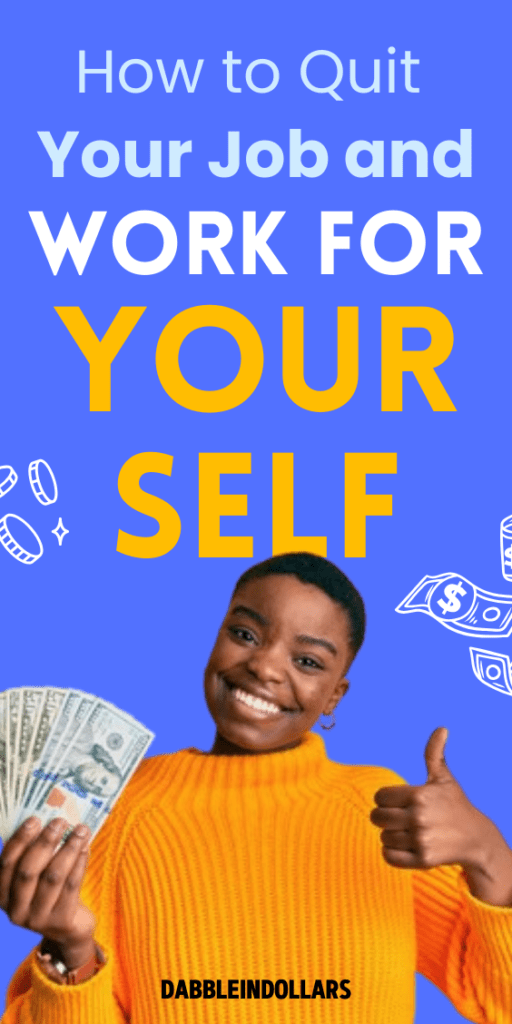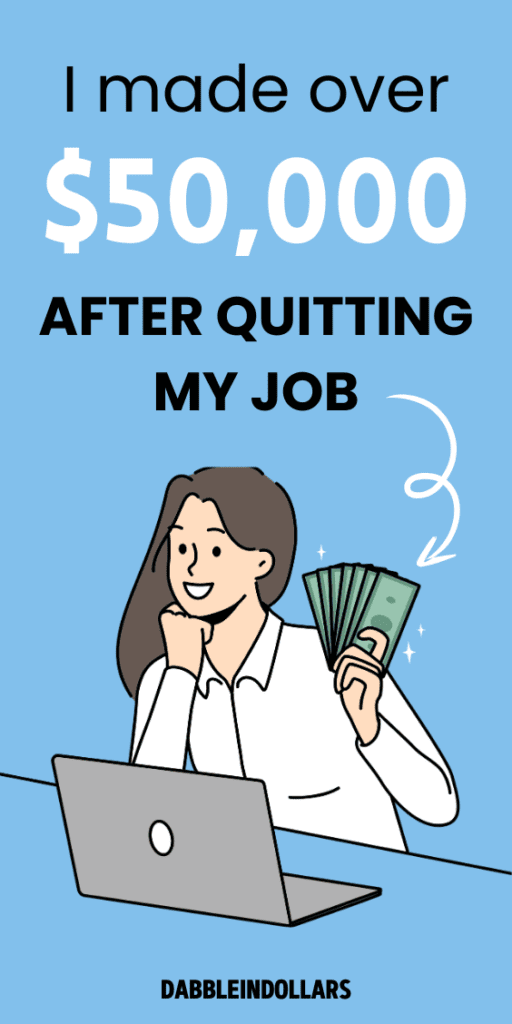You are at work right now. But you wish that you were just about any place else. Maybe the time has come to quit your job. Ever since the ‘Great Resignation’ that took place post Covid, more and more people are leaving their day jobs to pursue something more meaningful to them. You can do too.
Don’t shoot off your resignation letter just yet. There are a few steps that can ensure you transition smoothly from salaried to self-employed. We bring to you the step by step guide.
The 4 Steps
1. Write Down Your Plan
Once you have decided to quit, don’t rush into resigning. Instead, take the time to write down a clear, detailed plan. This will help you to chart a course post your job. If it is a passion that you want to follow, then how will you pursue that? If it is a business you like to start, how will you do that? Writing down the plan can help you cope with these questions, and more.
Ideally, the plan should be created alongside your day job. This will give you the time and space for a smooth transition.
2. Create A Savings Fund
The rule of thumb is that you need six months of savings before you can quit your job. The savings should be able to cover six months of living expenses. This gives you the cushion of falling back on some reserve money, if you need it. When you work for yourself, there will be months that are dry, and times when the payments are delayed. Your savings will help you tide over the lean months.


3. Factor In The Taxes
When you are salaried, the taxes are taken care of by the organisation. When you are self employed, the tax rates may just surprise and shock you. The reason being that you end up paying up on both ends: Your client deducts a certain amount, and then you too pay what you are due. In some cases, the rates can be as high as 30%. The taxes are one important aspect that almost no one thinks before quitting their job. And they probably regret it as well.
3. Take Risks
There will be times when you start to doubt yourself. No matter how well prepared you are. You may also think twice before taking a decision. This may sound counterintuitive, but the best way forward is to take risks. Calculated risks to be more accurate. This could lead to great rewards without running yourself off the cliff. The biggest risk you take is quitting your job. Post that, everything may seem easy.
Bottomline
There is no right or wrong way to quit your job. There is, however, a guided path that you can take. This enables you to minimise risks and maximise rewards. Being self-employed may sound scary or stressful. And it actually can be. But you will also have an amazing journey. You can follow your passion, and be your own boss.




